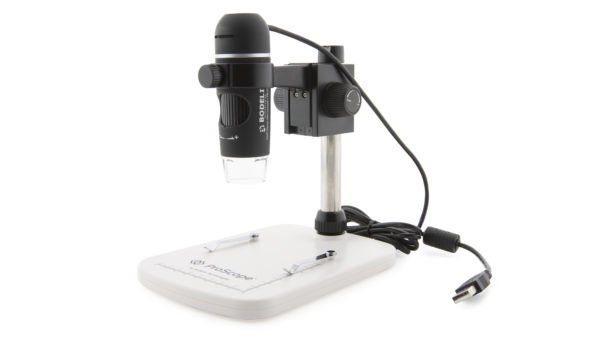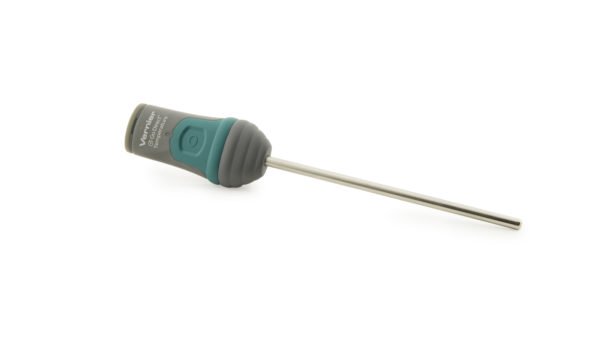
Sense-ational Science (#300)
I would like to upgrade the technology we use for our Science and STEM program. Purchasing a set of Vernier GoDirect temperature and pH sensors (wireless sensors that interface directly with our students’ chromebooks). I would also like to purchase three USB microscopes that would also interface with our chromebooks. These sensors and microscopes would be a definite upgrade from what we are using in our classrooms now. I would be sharing this equipment with the other two teachers in the Science department here at Walther.
In the past few years, Walther has been very intentional about bolstering its Science department. The addition of a STEM program in middle school has been a very successful recruitment tool for this addition to the Walther community. I started to teach in the high school this year as well, and the collaboration with my colleagues in this department has been amazing! I am very optimistic about the future of Walther with this strong staff in place. In order to remain competitive, and outpace our competition, Science is a crucial area of the curriculum in which to stay current. This grant would allow us to purchase technology that would enhance our students’ laboratory experience! Another recent upgrade we have made to the Walther student experience is the addition of 1:1 chromebook use. We use our chromebooks every day in a variety of ways. These probes and microscopes would allow us to import data directly from the instruments to software applications on these devices. I recently taught a forensics unit to our freshmen Integrated Science students. This group of students did not test well enough to start in Freshman biology this year. They struggle with reading and comprehension and with written skills. The challenge for me has been to teach them basic Science skills in a way that is engaging and easily comprehended by these students. The obvious answer is to make the topics as hands-on as possible. As part of the forensics unit, students had to examine hair samples under microscopes from various “suspects” in the building. After we talked about basic microscope usage, they learned how to make a wet mount slide, and examine it under the microscope. The problem we ran into wa that I could help focus the microscope, but it was difficult for me to point out what they were looking at because only one of us could see through the eyepice. If I could project the image from the microscope onto a chromebook screen, we could all look at it and discuss what we were seeing. This would be very helpful! I can see this also being valuable when I teach life science to middle school students next year. High school Biology and AP Biology students could also make use of this tool because we all have devices that would interface with the microscopes. The sensors are wireless, which means that they would be able to transmit data directly to graphing software on the student’s chromebooks. Being able to take very precise temperature measurements for lab activities would be very helpful. In my middle school physical science class, we discuss exothermic and endothermic reactions. Being able to measure the temperature of these reactions without worrying about breaking the bulb on a mercury thermometer would be great! We could also use them for change of state labs as well. The pH probes would be great for acid/base labs as well as other chemistry labs. I had a chance to try these sensors out at the NSTA (National Science Teachers Association) conference last year during a workshop. They are so convenient and useful! I know that this equipment would provide some valuable upgrades to our current STEM/Science program, and prepare our students for the type of technology they will likely be using in their college Science courses as well.
Fund this Dream for $1,730.95.



